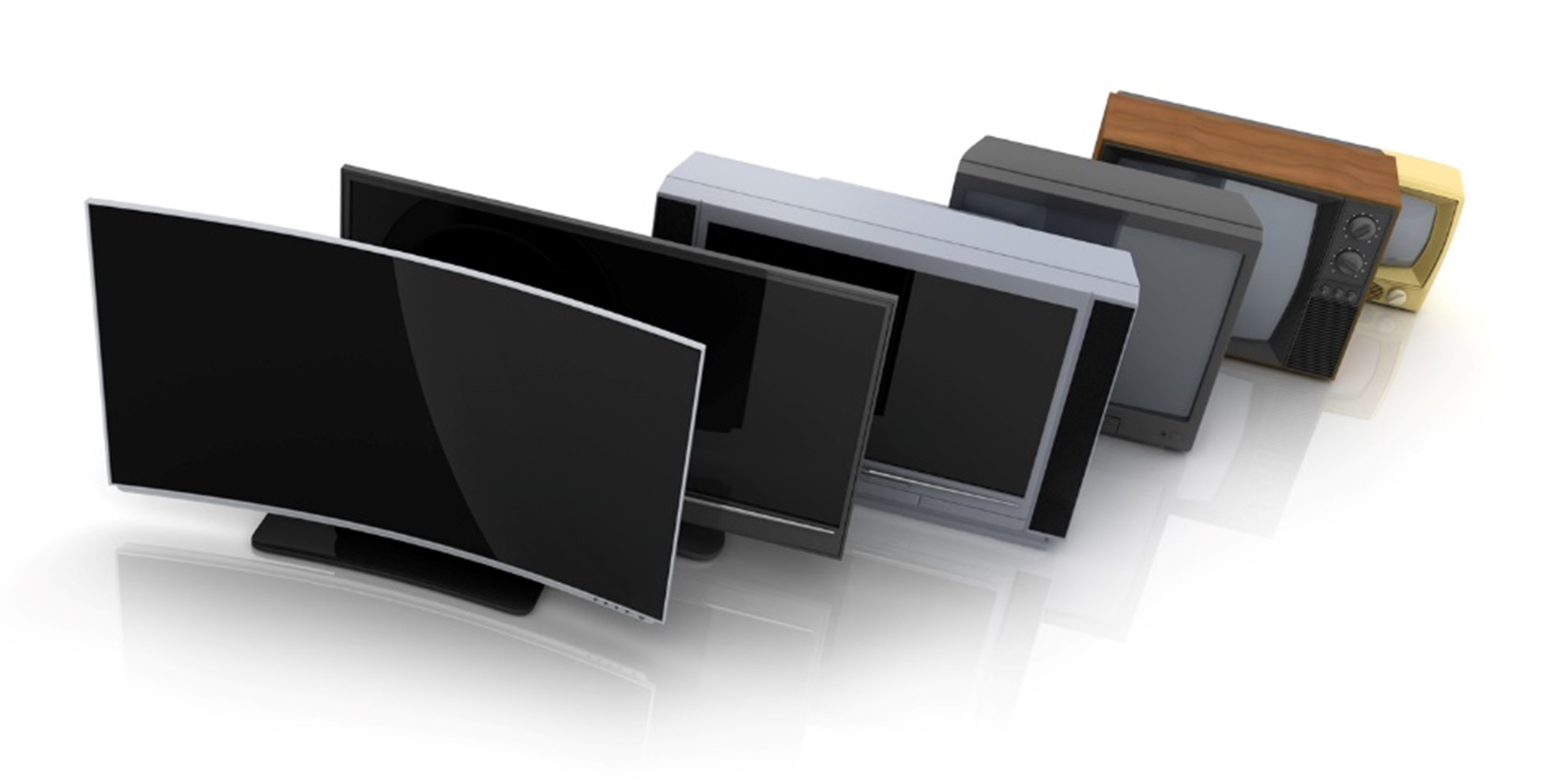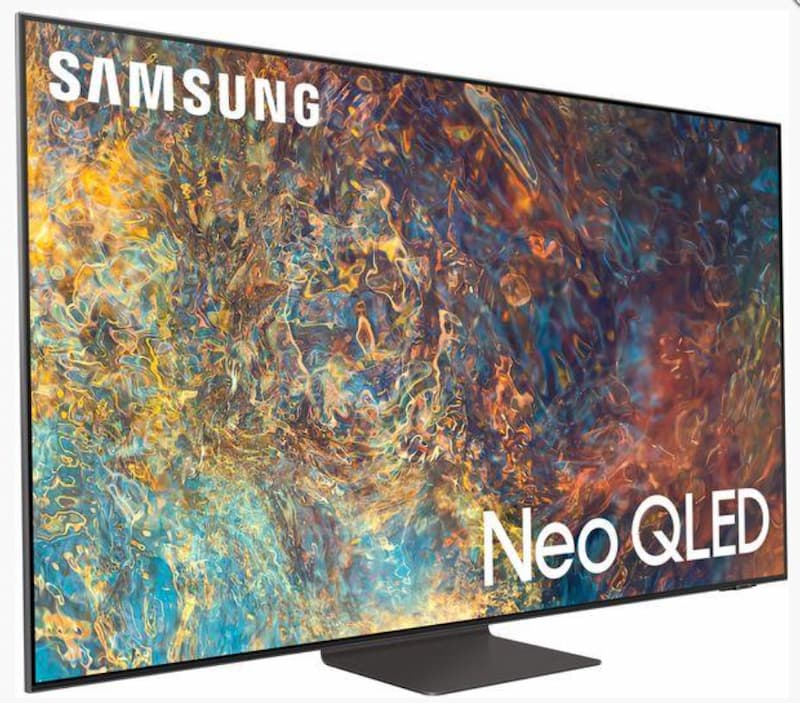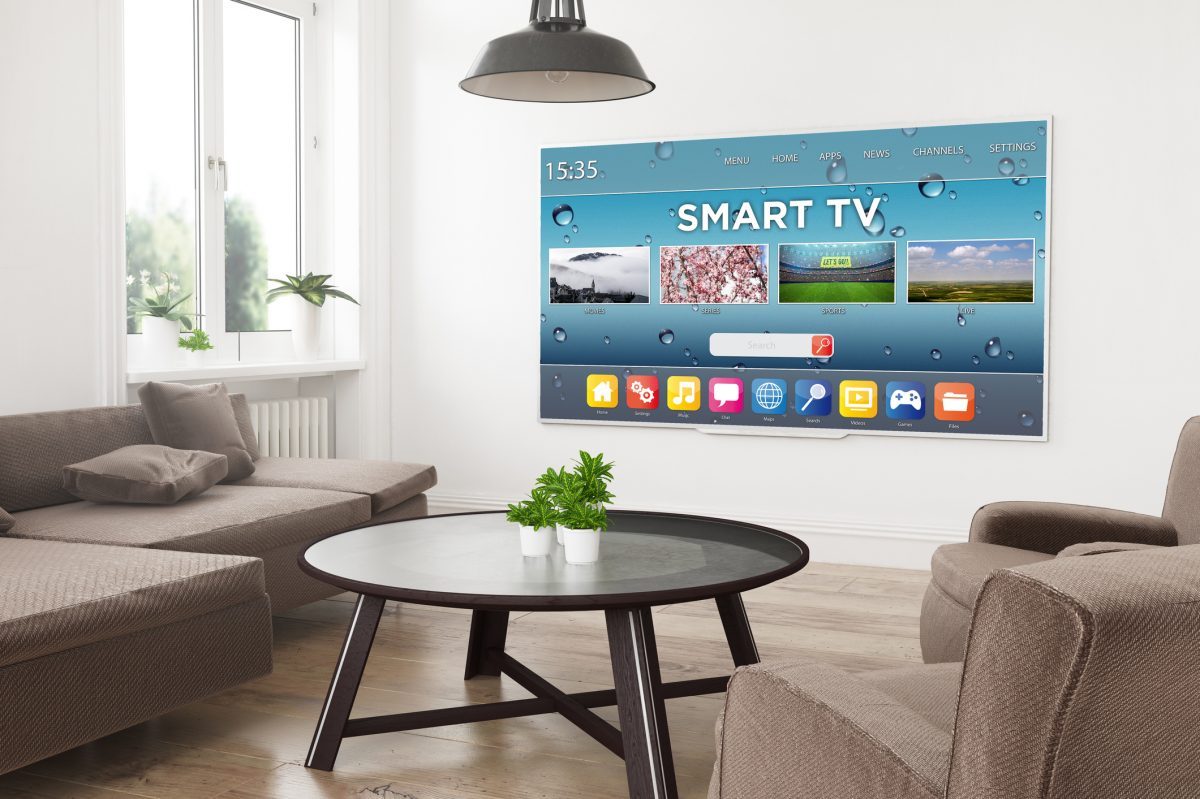TVs have come a long way over the years, but it’s easy not to appreciate the latest features without the perspective of the older models that paved the way!
In this blog, we take a journey through the history of television technology, touching on the major milestones that have shaped how we watch our favourite shows and movies.
Cathode Ray Tube (CRT) Televisions: The Birth of TV
TV technology started with the cathode ray tube, or CRT, which was the standard for much of the 20th century. CRT TVs were those big, boxy sets that dominated living rooms for decades. They worked by firing electrons at a phosphorescent screen, which created images one line at a time. The technology was based on technology that dates back to the late 1800s, but it wasn’t until the 1930s and 1940s that CRT televisions became commercially available. These sets were expensive and bulky, but they were also groundbreaking, bringing moving images into homes for the first time. Despite their eventual decline, CRTs laid the foundation for everything that came after, and they hold a special place in the history of television.

The Introduction of Colour TV: A Whole New World
The shift from black-and-white to colour television was a significant moment in broadcasting history, and the UK memorably experienced this transformation. The transition began on July 1, 1967, when the BBC launched its colour TV service using the PAL (Phase Alternating Line) system. This was a landmark event, marking the start of colour broadcasts in the UK. The BBC was at the forefront of this technological leap, and the public eagerly anticipated the new colour TV broadcasts.
In the early days of colour TV in the UK, several key brands introduced their colour television models. Philips and Pye were among the first to offer colour TVs to consumers, with Philips releasing the Philips 22C model in 1967. Sony and RCA also joined the market, providing a range of colour TVs to meet the growing demand.
The debut of colour TV programming was marked by a series of special broadcasts. The first colour transmission was a performance by The Beatles on the show “Top of the Pops” in July 1967. Additionally, the launch of “The Forsyte Saga” in colour in 1967 was a significant event in British television history. The transition to colour was gradual, with many programs initially broadcast in black-and-white while the adoption of colour TVs spread across households.
To get a sense of this historic shift, check out this video recording of the transition made at the time:
Flat Screen and Plasma TVs: Slimming Down
As mentioned, CRTs were heavy, bulky, and took up a lot of space. To fix this, the various competitive TV manufacturers of the time, such as Sony and Panasonic, created flat-screen and plasma TVs in the 1990s.
The first flat-screen TV was called the Fujitsu Plasmavision 42, which was a plasma display that became available to the public in the mid-1990s. Specifically, the first commercially available flat-screen plasma TV was introduced by Fujitsu in 1997.
Despite the immediate appeal to customers, these early plasma TVs were initially quite expensive, limiting their accessibility and slowing down their popularity. However, their launch marked a significant shift in television technology, paving the way for the flat-screen TVs that would eventually become the standard in homes worldwide. Over the next decade, plasma and other flat-screen technologies, such as LCD, became more affordable and widespread.
These new sets were not only much thinner but also offered better picture quality thanks to their improved resolution of 852 x 480 pixels and a wider viewing angle. Plasma technology delivers light directly from each pixel rather than relying on a backlight. This direct light emission results in consistent colour and brightness levels from various viewing angles, reducing colour distortion and brightness loss compared to the limited viewing angles of CRT displays, which makes them perfect for home theatres.
A TV no longer needed to be a massive piece of furniture that dominated the room. With flat screens, many more options became available for adding TVs to your home décor. You could mount your TV on the wall or fit it into a sleeker entertainment setup, making it easier to blend into a modern home. This shift also marked the beginning of TVs becoming more than just devices; they became stylish, essential elements of home design.

High Definition and 4K Ultra HD: A Clearer Picture
The next big leap in TV technology came with the introduction of high definition (HD) in the early 2000s. The first major HD TVs were introduced by Sony. In 2001, Sony launched its KV-HR36M31, a 36-inch CRT HD television that was among the earliest models to offer high-definition resolution.
The following year, Panasonic was also at the forefront, releasing its TH-42PWD4 in 2002, which was one of the early plasma display panels with HD resolution. This model was notable for its 42-inch screen and was aimed at the high-end market, showcasing early advancements in plasma technology for HD content.
HD brought a significant increase in resolution compared to the standard definition, offering clearer, more detailed images. This was especially noticeable on larger screens, where the difference in picture quality was stark. HD wasn’t just about more pixels, though—it also improved colour accuracy and allowed for widescreen formats, which made movies and sports broadcasts look more cinematic.
Not long after HD became the standard, 4K Ultra HD TVs were released, bringing four times the resolution of HD. 4K TVs offered incredibly sharp images, with details so fine you could see individual hairs and textures that were previously lost.
The Evolution of Smart TVs: Revolutionising Home Entertainment
The advent of smart TVs marked a significant transformation in home entertainment, integrating internet connectivity and advanced software into television sets. The concept of a “smart” TV began taking shape in the early 2000s, with brands like Samsung and LG leading the charge. Samsung debuted its first smart TV, the Samsung Smart TV in 2008, introducing features such as internet access and downloadable apps, which allowed users to stream content and access online services directly from their TV. LG quickly followed suit with its LG Smart TV in 2009, enhancing functionality with a focus on ease of use and a user-friendly interface.
At this time, “smart” meant basic internet capabilities and the ability to connect to services like Netflix, YouTube, and other early streaming platforms, transforming how viewers accessed content by eliminating the need for additional devices.
Today, smart TVs have evolved into highly sophisticated entertainment hubs. Modern smart TVs feature powerful processors and operating systems that support a wide range of apps, streaming services, and voice control. These systems offer seamless integration with streaming services, smart home devices, and advanced personalisation options. The introduction of 4K and even 8K content has only enhanced the appeal of smart TVs, allowing for superior picture quality and interactive experiences.
The Future of Smart TVs: 8K and Beyond
As we enjoy the clarity and detail provided by 4K TVs, the industry is already moving towards 8K TV technology. They come with impressive resolutions of 7680 x 4320 pixels; 8 K TVs deliver an image with four times the resolution of 4K and sixteen times that of HD. This leap in resolution means that even on larger screens, the images remain exceptionally detailed, with no visible pixelation.
The viewing experience is so immersive that it can feel almost like looking through a window rather than at a screen. However, despite the impressive technology, 8K content is still in its infancy. There are very few channels or streaming services that offer native 8K programming, which means the full potential of these TVs isn’t yet widely realised. Additionally, 8K TVs come with a substantial price tag, making them a significant investment for those who want to stay at the cutting edge of television technology.
For those who are not ready to make the leap to 8K or are seeking a more budget-friendly option, 4K TVs remain an excellent choice. While 8K content and technology continue to develop, 4K TVs offer a superb picture quality that is more than sufficient for most viewing needs. Many budget-friendly 4K models still deliver an outstanding visual experience and come equipped with the latest smart TV features, making them a practical and cost-effective choice for anyone looking to upgrade their home entertainment setup. As 8K content becomes more accessible, those with 4K TVs will still be well-equipped to enjoy high-quality visuals at a more manageable price point.

The Latest Cheap TVs Available Online
Looking back at the evolution of television technology, it’s incredible to see how far we’ve come—from the first CRT sets that brought moving pictures into our homes to today’s ultra-high-definition 8K displays.
If you’re considering upgrading your evening entertainment, browse our catalogue of cheap TV deals online and see if we have a cheap 4K TV deal that combines the image quality, smart features and reduced price that is perfect for you. Don’t get left behind; keep up with this journey today.








